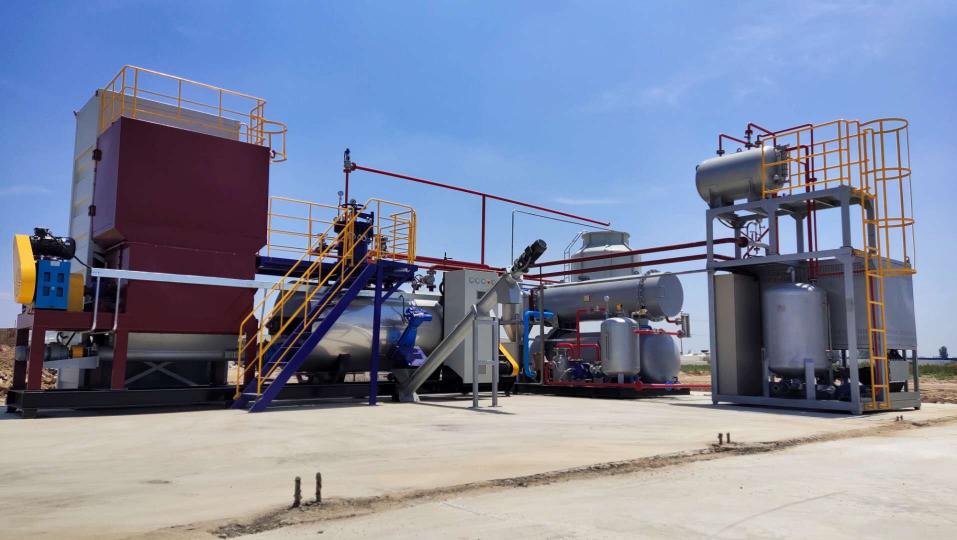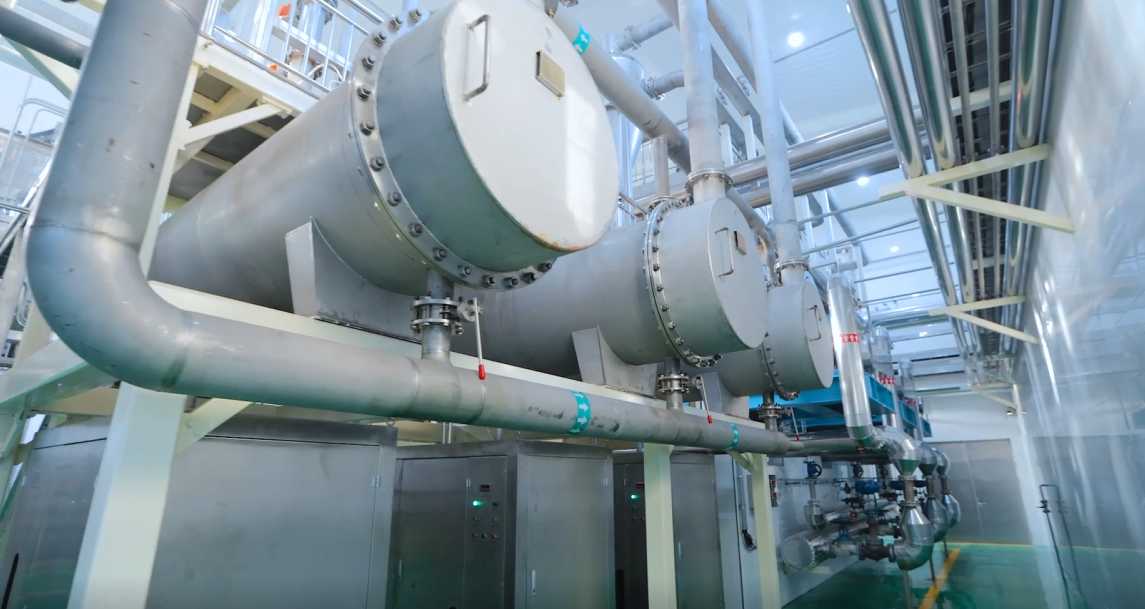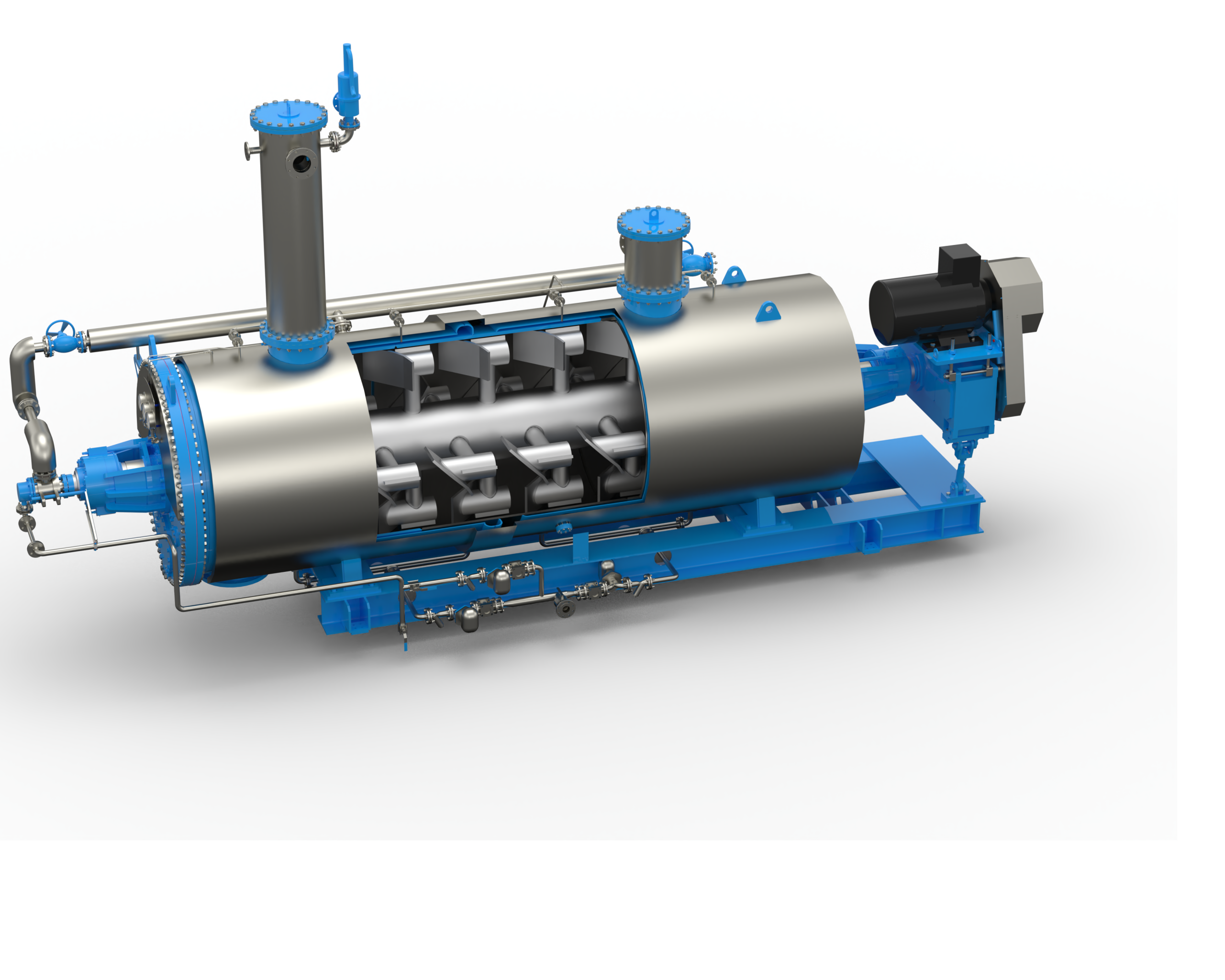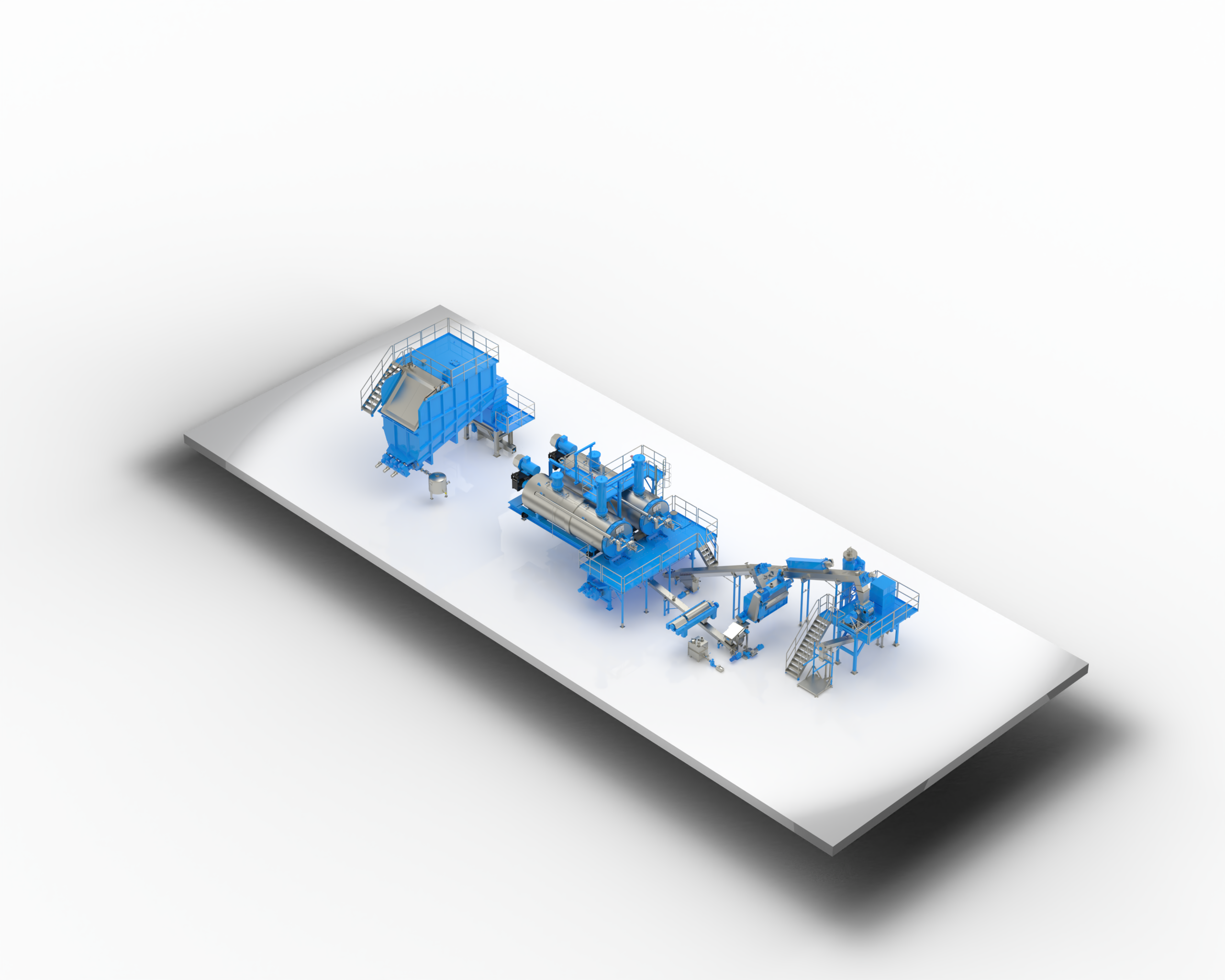
Rugged Gear for the Rendering Plant: Boots for the Job
Rugged Gear for the Rendering Plant: Boots for the Job
Wearing suitable boots in a rendering plant is paramount due to the unique challenges and specific requirements of this demanding work environment. Rendering plant boots serve as more than just footwear; they are a vital component in ensuring the safety, comfort, and productivity of workers in this industry. Rendering plants presents a range of challenges, including exposure to harsh chemicals, slippery surfaces, and moisture. The right boots can protect against these hazards, reducing the risk of injuries and health issues for employees.
Characteristics of Rendering Plant Boots
Durability
Rendering plant boots must be exceptionally durable to withstand the harsh and abrasive conditions of the environment. They should be constructed from high-quality materials that can resist wear and tear, ensuring a longer lifespan and cost-effective investment.
Chemical Resistance
Exposure to various chemicals, including acids and alkalis, is common in rendering plants. Boots need to provide effective chemical resistance to prevent corrosive substances from causing damage or compromising worker safety. Properly selected materials and construction can shield against chemical hazards.
Slip Resistance
Rendering plants often involve wet and slippery surfaces, creating a risk of slip-and-fall accidents. Boots should feature slip-resistant outsoles with appropriate tread patterns to provide a secure grip on slick surfaces. This enhances worker stability and reduces the likelihood of accidents.
Comfort and Support
Comfort is vital for workers who spend extended hours on their feet. Rendering plant boots should offer cushioning, arch support, and ergonomic design to reduce fatigue and promote overall comfort. Adequate support is essential to minimize strain and discomfort during long shifts.
Waterproof and Moisture-Wicking Features
Rendering plants can be wet environments, and workers may come into contact with moisture. Boots should be waterproof to keep feet dry and comfortable. Additionally, moisture-wicking linings and breathable materials can help manage perspiration, preventing discomfort and potential skin issues.
Easy Cleaning and Maintenance
Given the nature of rendering work, boots are likely to get soiled and contaminated. Easy cleaning and maintenance are essential characteristics. Boots should be designed for straightforward cleaning and disinfecting, allowing workers to maintain hygiene standards without hassle.
Types of Rendering Plant Boots
Rubber Boots
Rubber boots are a popular choice for rendering plant workers due to their exceptional chemical resistance and durability. They effectively shield against corrosive substances and are easy to clean. These boots often have reinforced soles for added durability and slip resistance.
Neoprene Boots
Neoprene boots are known for their excellent resistance to chemicals, oils, and fats. They provide a snug fit and are comfortable for extended wear. Neoprene’s inherent flexibility allows for ease of movement, making them a suitable choice for rendering plant workers who need mobility.
PVC Boots
PVC boots are cost-effective and offer good chemical resistance. They are lightweight and easy to clean, making them a practical choice for rendering plant environments. PVC boots can provide adequate protection against chemical spills and splashes.
Leather Boots with Appropriate Coatings
Leather boots, when coated with suitable materials or treatments, can offer a level of protection against chemicals and moisture. These boots are often chosen for their comfort and support. However, it’s crucial to ensure that the coatings used provide the required resistance to rendering plant hazards.
Composite Toe and Steel Toe Options
To protect against falling objects and potential crushing hazards, rendering plant boots may feature composite toe caps or steel toe caps. These safety features safeguard the toes from injury and comply with workplace safety standards. Workers should select the toe cap material based on their specific job requirements and comfort preferences.
Choosing the right type of rendering plant boots depends on individual needs, job roles, and the specific challenges of the work environment. It’s essential to consider factors such as the types of chemicals encountered, the level of slip resistance required, comfort for prolonged wear, and whether safety toe protection is necessary. Ultimately, the goal is to select boots that provide optimal protection, comfort, and durability for rendering plant workers.
Benefits of Investing in Quality Rendering Plant Boots
Reduced Risk of Injuries
Quality rendering plant boots significantly reduce the risk of injuries among workers. Their durability and resistance to chemicals and slipping hazards protect against accidents and injuries such as chemical burns, slips, trips, and falls. Safety features like steel toes or composite toe caps further enhance foot protection, guarding against crushing injuries from heavy objects.

Enhanced Comfort and Productivity
Comfortable boots are essential for rendering plant workers who spend extended hours on their feet. Quality boots provide cushioning, arch support, and ergonomic designs that minimize fatigue and discomfort. Workers in comfortable footwear can remain focused and productive, resulting in improved overall efficiency.
Prolonged Boot Lifespan
Investing in high-quality rendering plant boots pays off with an extended lifespan. These boots are constructed from durable materials that resist wear and tear, even in the harsh rendering environment. They maintain their integrity over time, reducing the frequency of boot replacements and saving on replacement costs.
Cost-Effectiveness in the Long Run
While quality rendering plant boots may have a higher upfront cost, they prove cost-effective in the long run. The reduced risk of injuries and accidents leads to lower healthcare and workers’ compensation expenses. Additionally, the longer lifespan of these boots translates into savings on replacement purchases.
Maintenance and Care Tips for Rendering Plant Boots
Cleaning and Disinfecting Procedures
Proper cleaning and disinfecting of rendering plant boots are crucial for maintaining hygiene and extending their lifespan. Follow these steps:
- Remove any visible dirt or debris from the boots using a brush or water.
- Wash the boots thoroughly with soap and water to remove contaminants.
- Disinfect the boots using a suitable disinfectant recommended for the specific chemicals encountered in the rendering plant.
- Rinse the boots thoroughly to remove any residue from cleaning agents or disinfectants.
- Allow the boots to air dry completely before storing them.
Storage Recommendations
Proper storage of rendering plant boots helps prevent damage and contamination:
- Store boots in a cool, dry area away from direct sunlight and heat sources to prevent material degradation.
- Use boot racks or hangers to maintain their shape and allow air circulation.
- Store boots separately from other personal protective equipment to avoid cross-contamination.
- Ensure that the storage area is clean and free from contaminants that could transfer to the boots.
Regular Inspections and Replacements
Regular inspections are essential to identify signs of wear and tear that may compromise the integrity of rendering plant boots:
- Conduct visual inspections before each use to check for cracks, punctures, or visible damage.
- Inspect seams, soles, and safety features like toe caps to ensure they are intact.
- Pay attention to the fit and comfort of the boots; discomfort may indicate wear or damage.
- Replace boots when they show significant signs of wear, as damaged boots can no longer provide adequate protection.
- Keep records of inspections and replacements to maintain a reliable boot inventory.
By following these maintenance and care tips, plant workers can ensure the longevity and effectiveness of their boots while upholding hygiene and safety standards in the workplace. Properly maintained boots not only protect the wearer but also contribute to a safer and more productive rendering plant environment.
Adhering to Safety Standards and Regulations for Rendering Plant Boots
Conforming to Workplace Safety Regulations
It is imperative that rendering plant boots conform to workplace safety regulations and standards, prioritizing the safeguarding of workers. Compliance is not only crucial for creating a secure work environment but also for avoiding potential legal and regulatory complications. Employers must remain well-informed about and adhere to pertinent safety regulations to ensure the welfare of their workforce.
Certifications for Appropriate Boot Selection
When choosing to render plant boots, it is of utmost importance to opt for products endowed with suitable certifications. These certifications serve as endorsements that the boots meet precise safety and quality criteria. Prominent certifications for safety boots are issued by respected organizations like ASTM International and the Occupational Safety and Health Administration (OSHA). Confirming that boots possess the requisite certifications is paramount in guaranteeing their ability to provide essential protection against rendering plant hazards.
The Significance of Proper Sizing and Fit
Correct sizing and a snug fit assumes paramount significance concerning safety when it comes to rendering plant boots. Ill-fitting boots can lead to discomfort, blisters, and diminished protection. Workers should allocate the necessary time to accurately measure their feet and select boots that embrace a balance of snugness and comfort. Additionally, consideration should be given to the utilization of insoles or orthotics when added support or cushioning is deemed necessary.
In essence, adherence to workplace safety regulations, the selection of boots with pertinent certifications, and the meticulous consideration of proper sizing and fit collectively constitute the bedrock of safety standards and regulations governing rendering plant boots. By faithfully abiding by these directives, employers and workers alike can pledge their unwavering commitment to safety in the workplace, thus substantially diminishing the probability of injuries and accidents.
CONCLUSION
To summarize, the choice of appropriate boots for working in a rendering plant is not merely about footwear; it is a vital component of ensuring the safety and efficiency of workers. These sturdy boots are specifically designed to endure the rigors of the environment, offering protection against chemicals, slips, and various other risks. By prioritizing high-quality rendering plant boots and adhering to proper care and safety protocols, employees can approach their responsibilities with confidence, guaranteeing the seamless operation of rendering plants while safeguarding their well-being and comfort.



